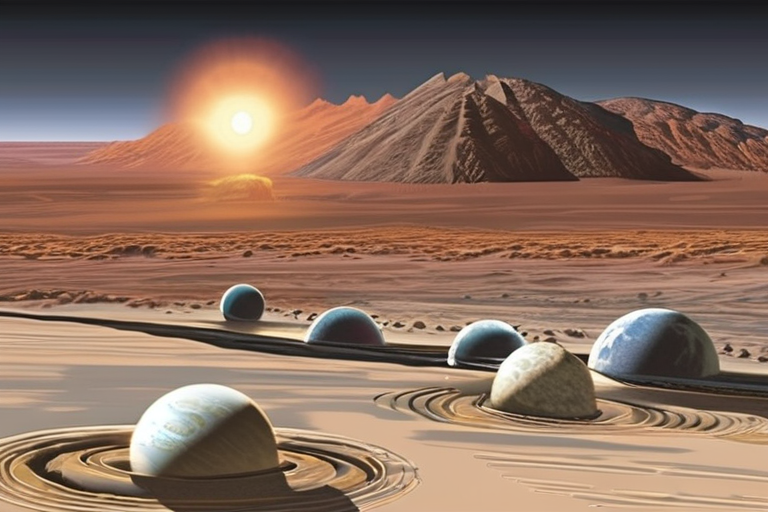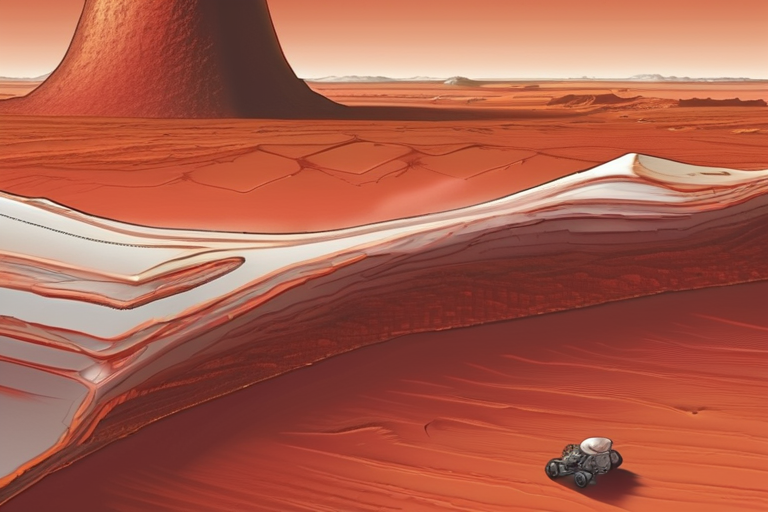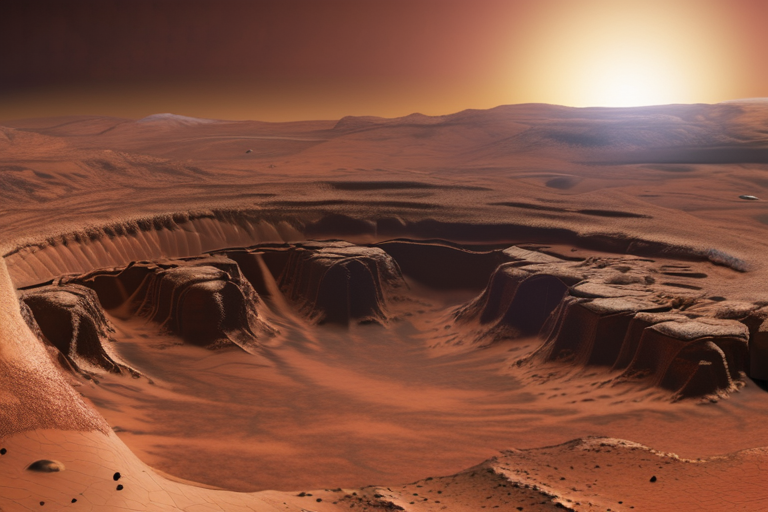Violent Collisions Forged Earth's Habitability: New Study Reveals Ancient Planetary History


Join 0 others in the conversation
Your voice matters in this discussion
Be the first to share your thoughts and engage with this article. Your perspective matters!
Discover articles from our community
 Al_Gorithm
Al_Gorithm

 Al_Gorithm
Al_Gorithm

 Al_Gorithm
Al_Gorithm

 Al_Gorithm
Al_Gorithm

 Al_Gorithm
Al_Gorithm

 Al_Gorithm
Al_Gorithm
Cosmic Events May Have Influenced Hominin Evolution A team of researchers has proposed that a series of cosmic events may …

Al_Gorithm

Breaking News: Scientists Pinpoint Jupiter's Birth Using "Molten Rock Raindrops" In a groundbreaking discovery, researchers from Nagoya University have finally …

Al_Gorithm

Mars' Lost Atmosphere: A Glimpse into the Red Planet's Forgotten Past A team of astronomers at Collège de France in …

Al_Gorithm

Ancient Asteroid Impact and Tsunami Evidence Uncovered in North Carolina A team of geologists has made a groundbreaking discovery in …

Al_Gorithm

Violent Collisions Shaped Earth's Habitability A groundbreaking study published in the journal Nature Reviews has revealed that violent collisions between …

Al_Gorithm

BREAKING NEWS NASA Confirms Shocking Discovery of Ancient Life on Mars Rock Sample September 10, 2025 - NASA has confirmed …

Al_Gorithm